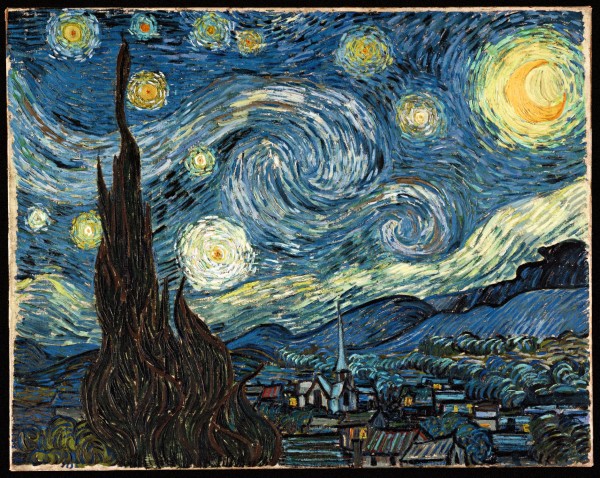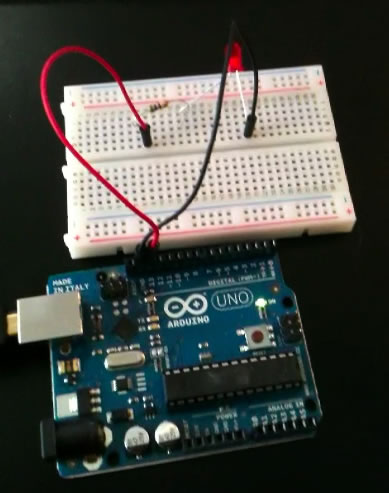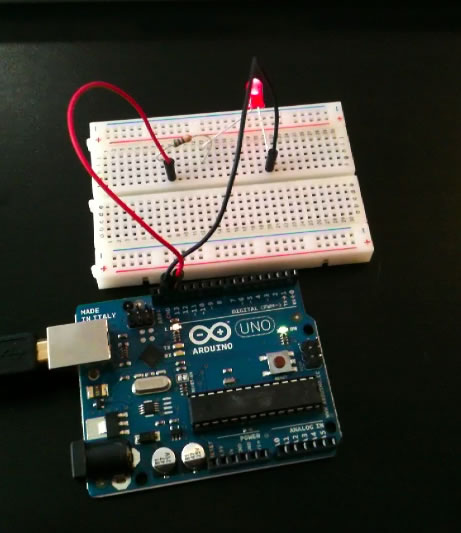So what is "Physical Interaction" anyway? Or just "interaction". Or did the meaning of the word changed with our age of the new technology.
I always thought about physical interaction to be present anywhere that there is an interface to encounter for us humans. Even maybe anything that we touch and control had ,in a sense, an interactive value. It occurred to me that the word "interaction" that we use in daily basis is actually totally different than the way professionals are defining when they are designing an object or software or pretty much anything.
Chris Crawford, in his book "The Art of Interactive Design, A Euphonious and Illuminating Guide to Building Successful Software" defines interaction as a conversation. This idea is explained clearly as the conversation consist of listening, thinking and speaking which would encourage the designers to seek for the same model while thinking about interaction design. I totally agree to this idea but if we think about whether an object or a software will ever be able to "actually" think and respond we might never be able to design anything that is interactive. As argued "thinking" is a trade of human.
I wanted to further investigate the idea of reacting rather than interacting at MOMA's "Talk to Me" . While I was checking out all those projects I realized a common thread. Almost all of the projects were in a way explaining something about ourselves to us. Making us actually look from a different perspective, that is, to look at digital life around us with a little bit more of a human understanding rather than just only using it.
I'd like to talk about the project called "Analog Digital Clock" 2009 by Maarten Baas (Dutch, Born Germany 1978). You can check the link for a video of it. You'll see it more clearly in the video when there isn't a lot of things going on around you in the museum setting.
http://moma.org/interactives/exhibitions/2011/talktome/objects/146229/
It is taking something totally digital, an object that has a function of providing information, to an analog experience. Maybe It is asking the question of what would it be if we were controlling the time. When you see the silhouette of a person changing the time behind the digital look, the perception of digital goes back and forth to an analog environment. In my opinion the non interactive project comes to mind when It’s more of a realization of the fact rather than having a conversation with it. We are now looking a little differently to the digital interface around us. As much as I am in board with Crawford's understanding, a part of me is still arguing about the interaction of my brain with the picture in front of me.
Another example that was interesting to me was the augmented reality projects. My favorite was "Augmented Shadow" 2010 by Joon Y. Moon (South Korean, born 1982).
http://moma.org/interactives/exhibitions/2011/talktome/objects/146225/
I can totally argue that we might not be interacting with the shadows, we are actually controlling or guiding the shadow environment but actually they are having an interactive experience for sure. Because their existence is solely attached to the light and where the light is coming from and when you don't control anything they actually continue to walk around. This might sound silly but I wanted to think that the shadow creations have a life of themselves :)
I have to say, I had a hard time going through the exhibit because of the museum setting. The designs needed more space and more explanation. On the half way through the exhibit I was so stimulated by tons of different ideas I couldn't be able to keep going. I had to come back and take in the second part of the exhibit.
I'd like to go back and give more attention to each design to be able to understand where the design for human is going. I would have much preferred to be able to have the exhibit at a bigger arena with access to play with every single project though. I expect that to be happening at ITP's Fall show :)
oya









